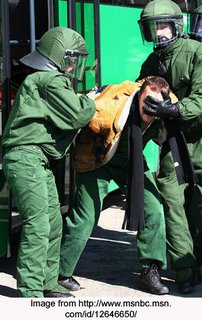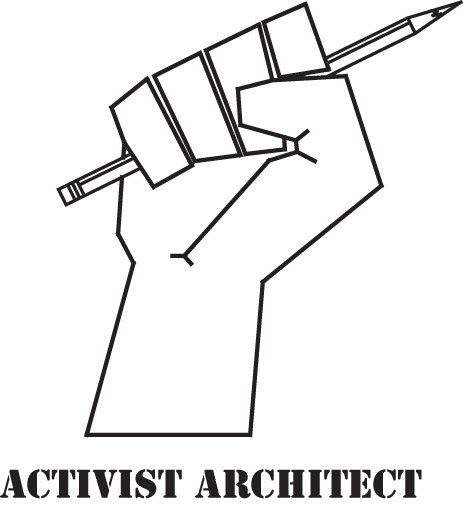"Architect Opposes Stadium"

The text string "architect opposes stadium" returns no matches in a Google search. Why is that ? I oppose the stadium tax and the less than democratic way it was imposed here in Hennepin County, Minnesota, USA, and as a result, am willing to oppose the stadium. I can't be the only person in the architectural profession to do so, can I ?
Today is the day that Hennepin County starts collecting additional sales tax to pay for a baseball stadium for the Minnesota Twins – a privately owned company that generates millions of dollars in profits regardless. This demonstrates that team owners are in no real need of public subsidy. But billionaires have the clout to coerce government entities (and therefore taxpayers) to pay millions. Sounds like extortion to me. And of course, every occupying force has its collaborators, and in this case, it’s the Hennepin County Commissioners, and the Minnesota State Legislature and Governor who granted the Commission the power to levy the tax without a citizen vote.
Architects are apparently shy to speak out against almost anything that might come back to effect a project in the future– a restaurant around the corner from the stadium, a dream house or corporate campus for a CEO that might also be a big baseball booster. So it seems that a likely cadre of professionals that might have great insight into what is appropriate or not, remain silent – almost to a person – about the ethical nature of the public subsidy.
I am already strategizing about how to shift some of my purchasing outside the county – its not that hard for many people near the county border to do this. I can easily go to Ramsey or Anoka County instead. Luckily, those alternatives save me .5% in addition to avoiding the .15% Stadium Tax. Hennepin County deserves to lose some business, and perhaps there will be more pressure from the business community on the local government to let the voters have direct say in corporate welfare programs like the stadium tax.




